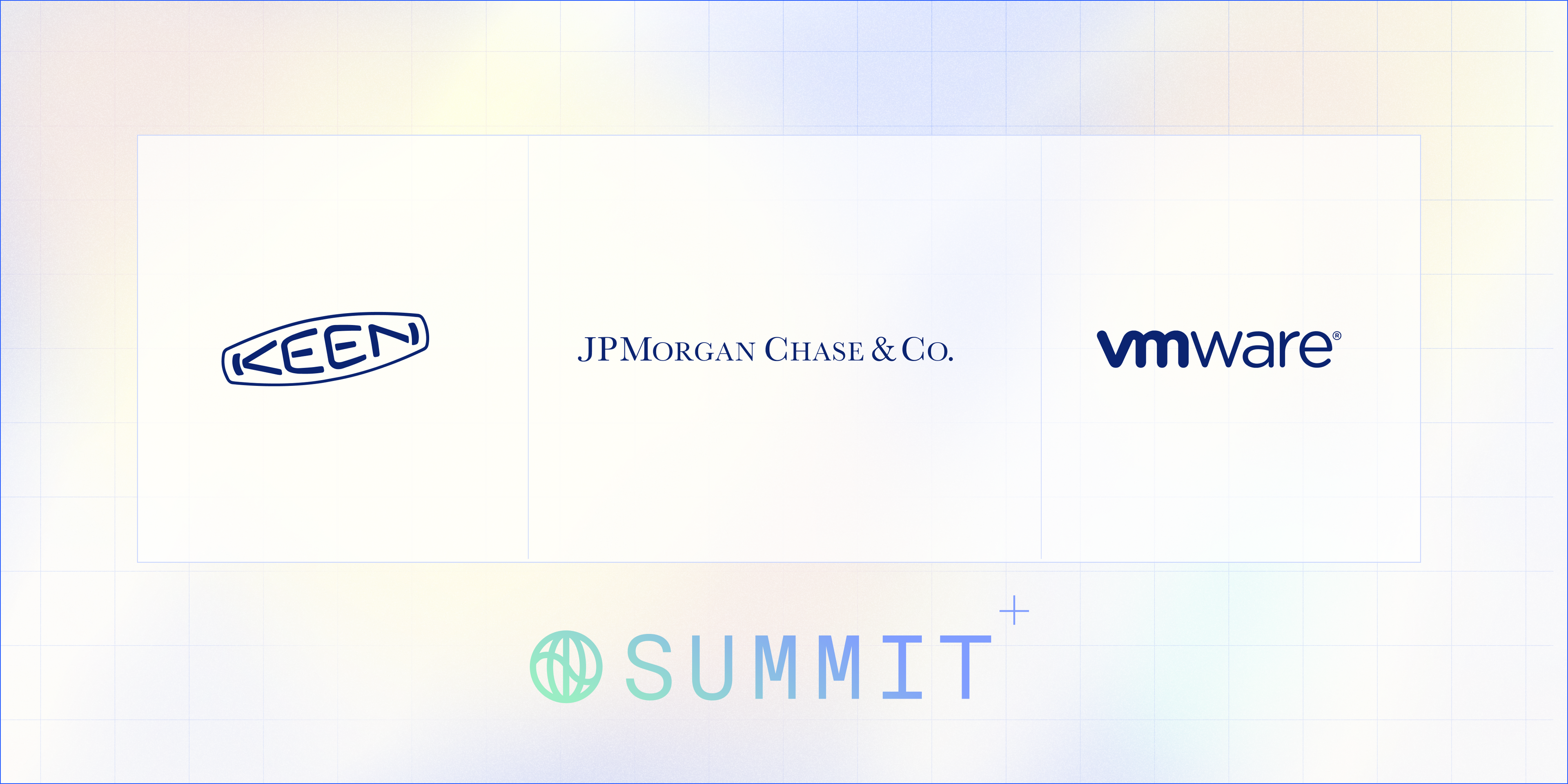Introduction
Aon is a global professional services firm that exists to shape decisions for the better to protect and enrich the lives of people around the world. The firm helps clients assess and address risks associated with ESG issues, such as the impact of climate on reinsurance portfolios. Sustainability is embedded in its strategy, and the firm considers reducing its own corporate footprint to be a top priority.
"The risk of impact from climate to our global economy and society is massive and rapidly growing, which is driving one of the largest reallocations of capital in history to spur innovation, protect communities, and reduce risk.”
-Greg Case, CEO of Aon
In early 2021, Aon committed to net-zero emissions by 2030 to reduce the firm’s carbon footprint and help mitigate significant climate impacts. We spoke with Abby Neary, head of sustainability at Aon, to get her perspective on building a sustainability program and why integrating Watershed recently was a critical part of Aon’s journey.
Challenge: Increasing requests for climate data
Like many companies, Aon has seen an increase in requests for its climate data and future strategy—from regulatory bodies, current & potential clients, and employees.
“In the first half of 2023 alone, we've seen a doubling in the number of client inquiries about our climate data,” Neary said. “Other companies are making commitments and want to learn from our approach and ensure we’re aligned with their efforts.”
Neary knew that a meaningful action plan started with an up-to-date carbon footprint. But the existing greenhouse gas accounting process presented opportunities for enhancement.
Solution: Use Watershed to build a comprehensive footprint
Aon began working with Watershed in late 2022 to define its 2022 footprint and enable additional scaling of its sustainability program. In particular, through Watershed, Neary was able to achieve:
- An easy and sustainable workflow for data: “We were really looking for a solution that automated the measurement process. We don’t want to have to download our data, manually manipulate it, and then re-upload it, because that’s time consuming and not a best practice.”
- A footprint informed by the latest science: “Emissions factors are constantly changing with updated information, and we need full confidence that our calculations are accurate.”
- Confidence in calculations: “When you think about the volume of data we are working with—thousands of pieces of financial data, and data from approximately 500 office locations—the additional tracking and confidence of using a carbon accounting platform is extremely valuable. Especially as we evaluate our Scope 3 emissions (purchased goods and services), which is highly complex. Watershed helps us to ensure accuracy in our data and the ability to target our supply chain for continued decarbonization opportunities."
“One of the primary differentiators we saw with Watershed was the capability to get more detailed with our Scope 3 emissions – enabling us to further focus our net-zero plans.”
Abby Neary
Neary continued: "In addition to modeling out the emissions, Watershed has a data library of over 60,000 emissions factors and automatically pulls available vendor emissions data from CDP, which eliminates much of the manual work we were doing.”
Insights: A clear view into what’s driving emissions
Now, with a detailed footprint in Watershed, Neary is planning to bucket emissions reduction actions into three different categories:
- Emissions with strategic materiality: Emissions that have core relevance to the business that Aon will develop and operationalize strategies to address. For example, because air travel contributes heavily to its footprint, Aon became the first customer of Amex Global Travel and Shell Aviation’s Sustainable Fuel Pilot Program earlier this year.
- Emissions with immediate reduction opportunities: The low-hanging fruit emissions that can be addressed relatively quickly, like swapping in LEDs or installing electric vehicle stations.
- Emissions “for the future”: Emissions tied to reduction actions that require change management and will bring longer-term returns. For instance, working with the events team to lay out sustainability criteria for all meetings, like forgoing plastic water bottles.
Neary shared: "We're constantly focused on all three of those buckets, because if you just focus on any single one of them, you’re going to miss some opportunity either today or in the future to make critical reductions.”
Result: A differentiated business
As she looks to the future, Neary sees Aon’s focus on net zero as a real differentiator:
“Companies that are evaluating risk management services and that have their own net zero commitments are going to need to consider the carbon consequences of each vendor option and determine who’s paying for the cost of that carbon.
Because Aon has a concrete plan to get to net zero, the cost of doing business with us is inherently going to be less than somebody with a longer-term or no net zero goal.”
-Abby Neary
The last word on why climate action matters
According to Neary, there are two key reasons why corporate leaders should be focused on creating an actionable footprint:
"Number one is regulation—it’s becoming increasingly mandated and companies should plan for that. Number two is that there is a real hard dollar return on investment from reducing emissions that we see in our work.”
-Abby Neary




